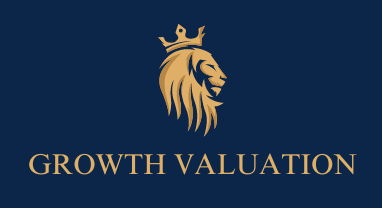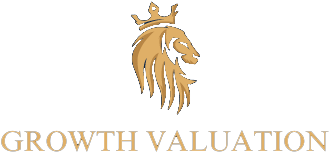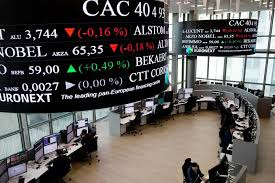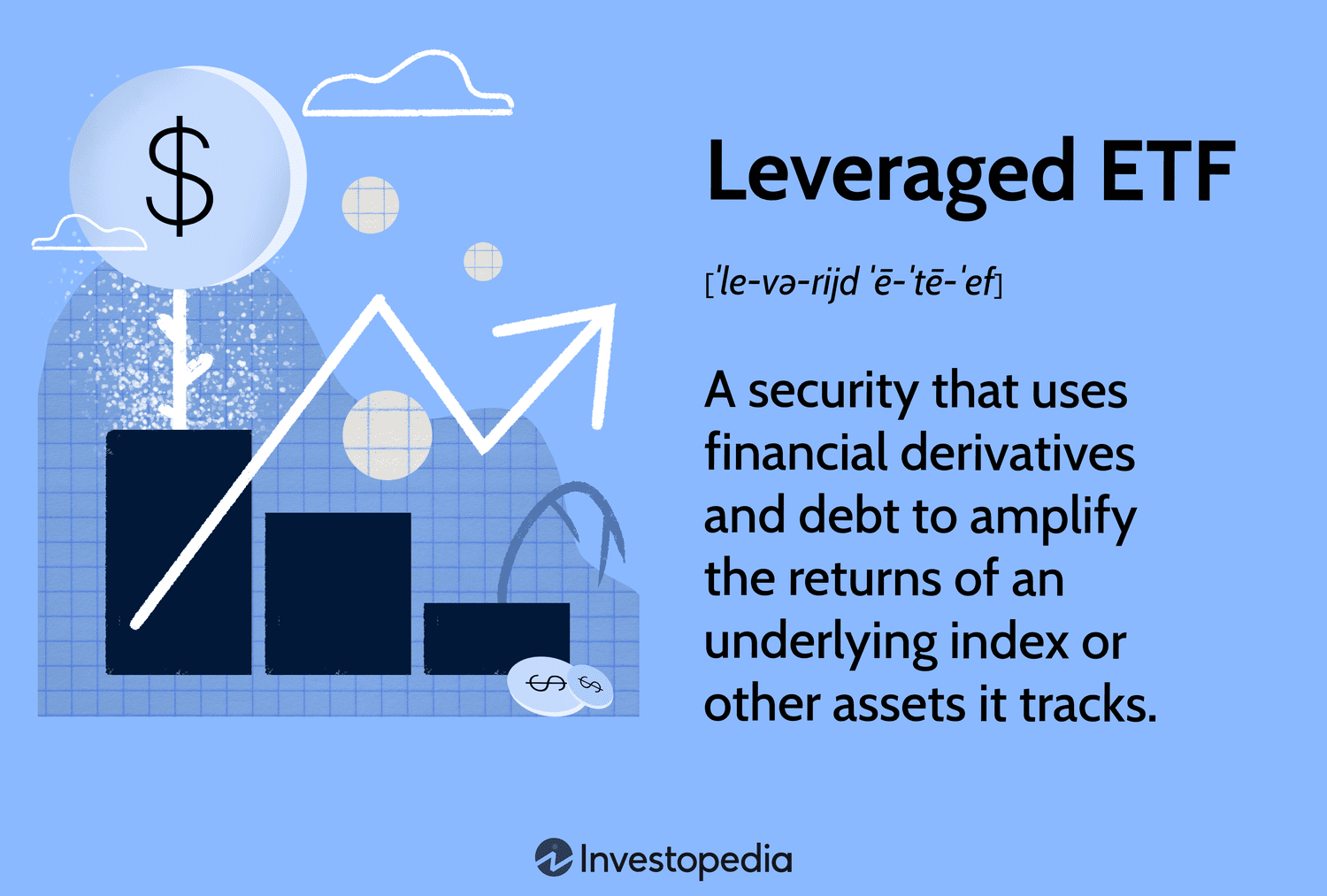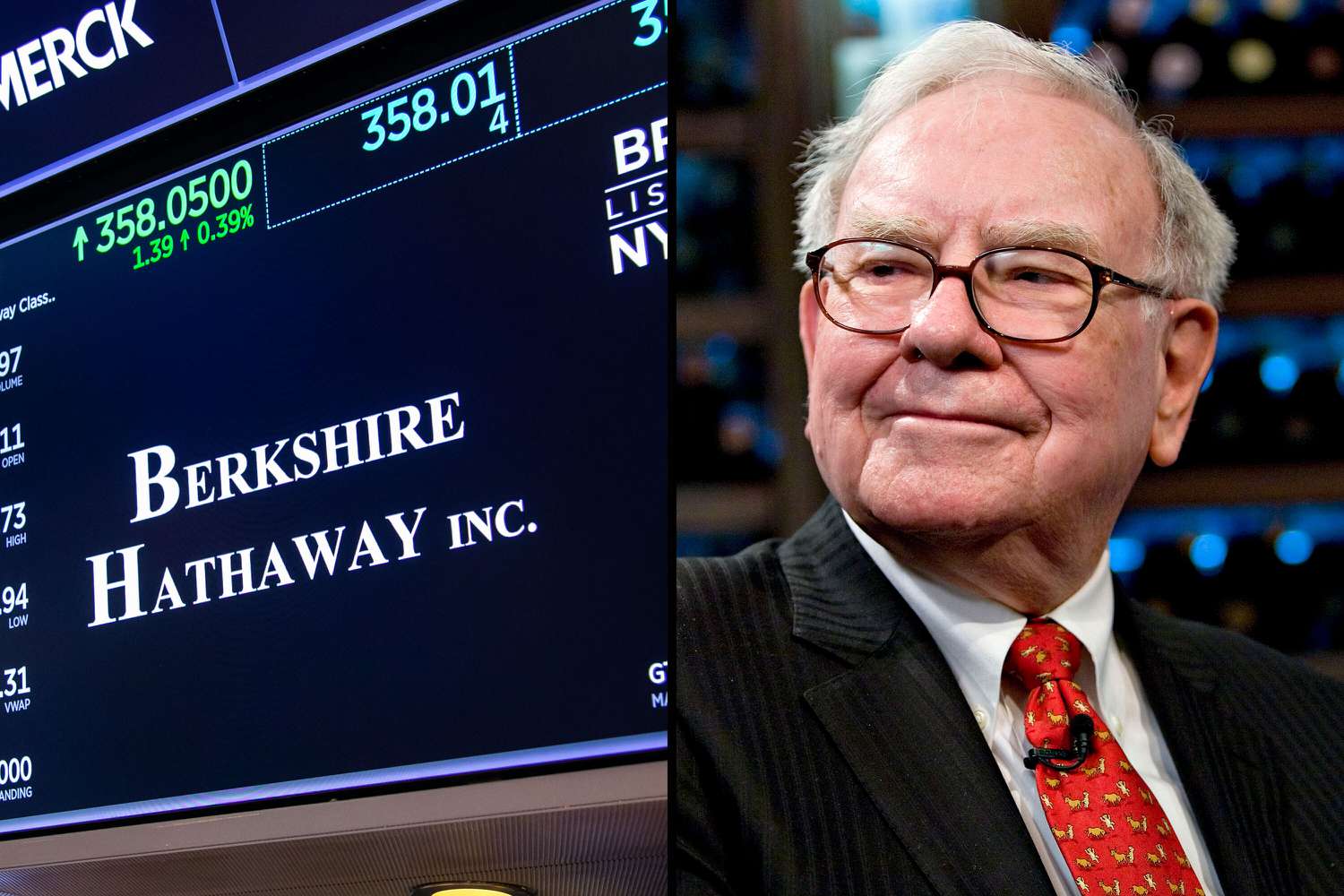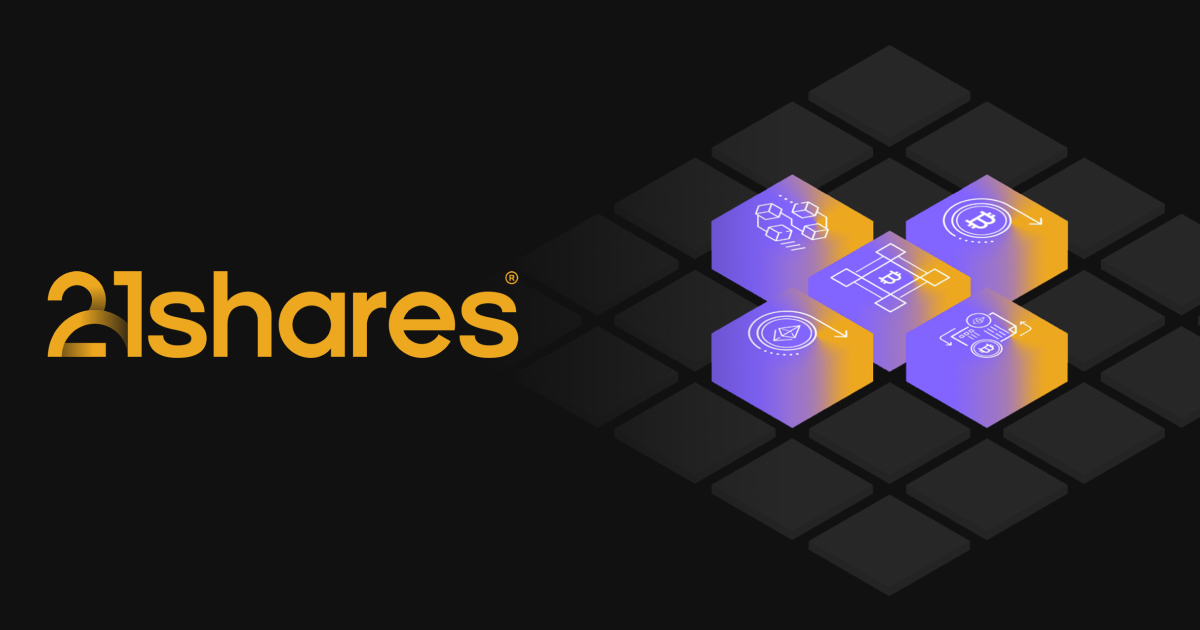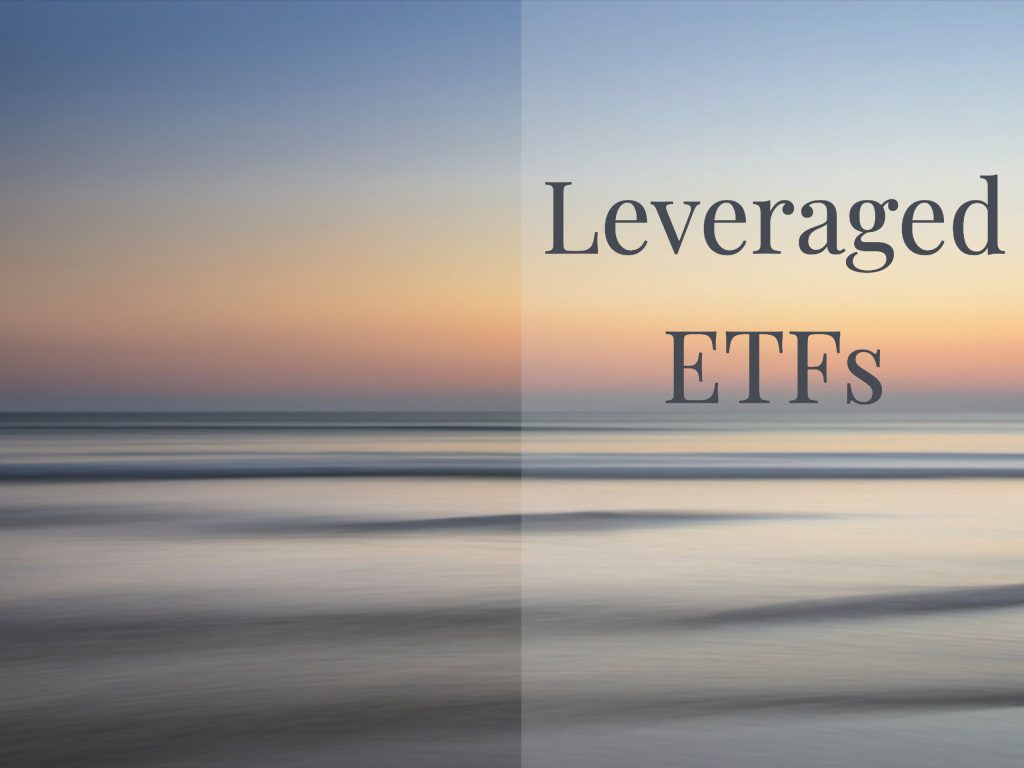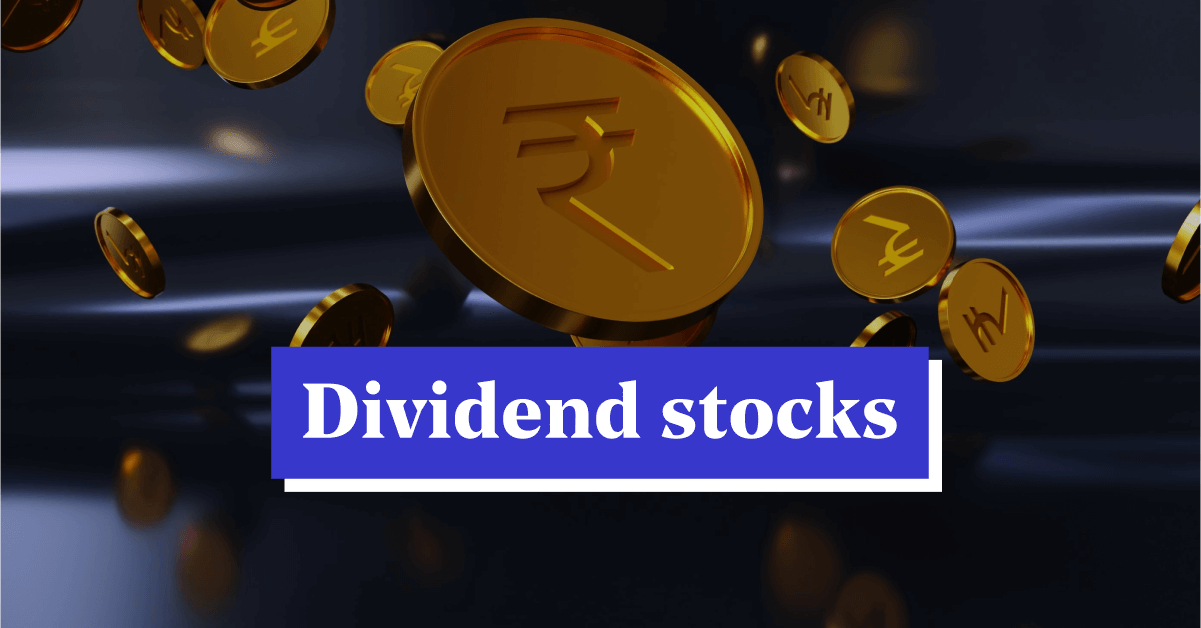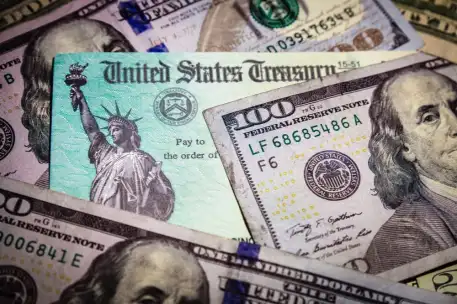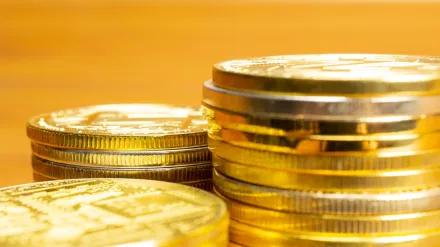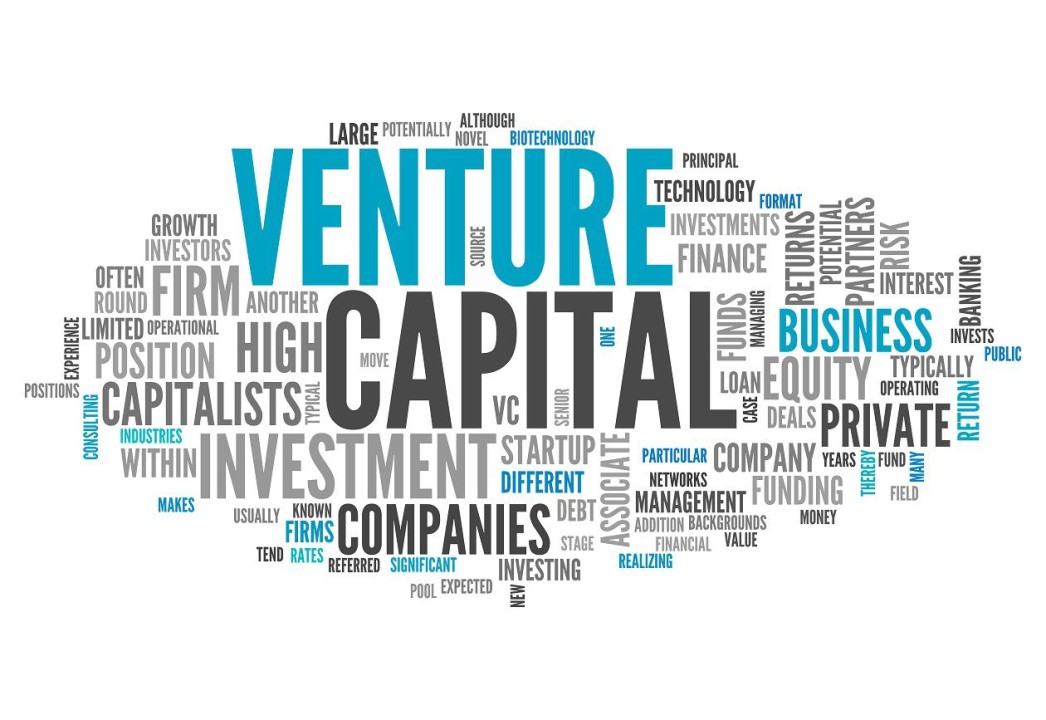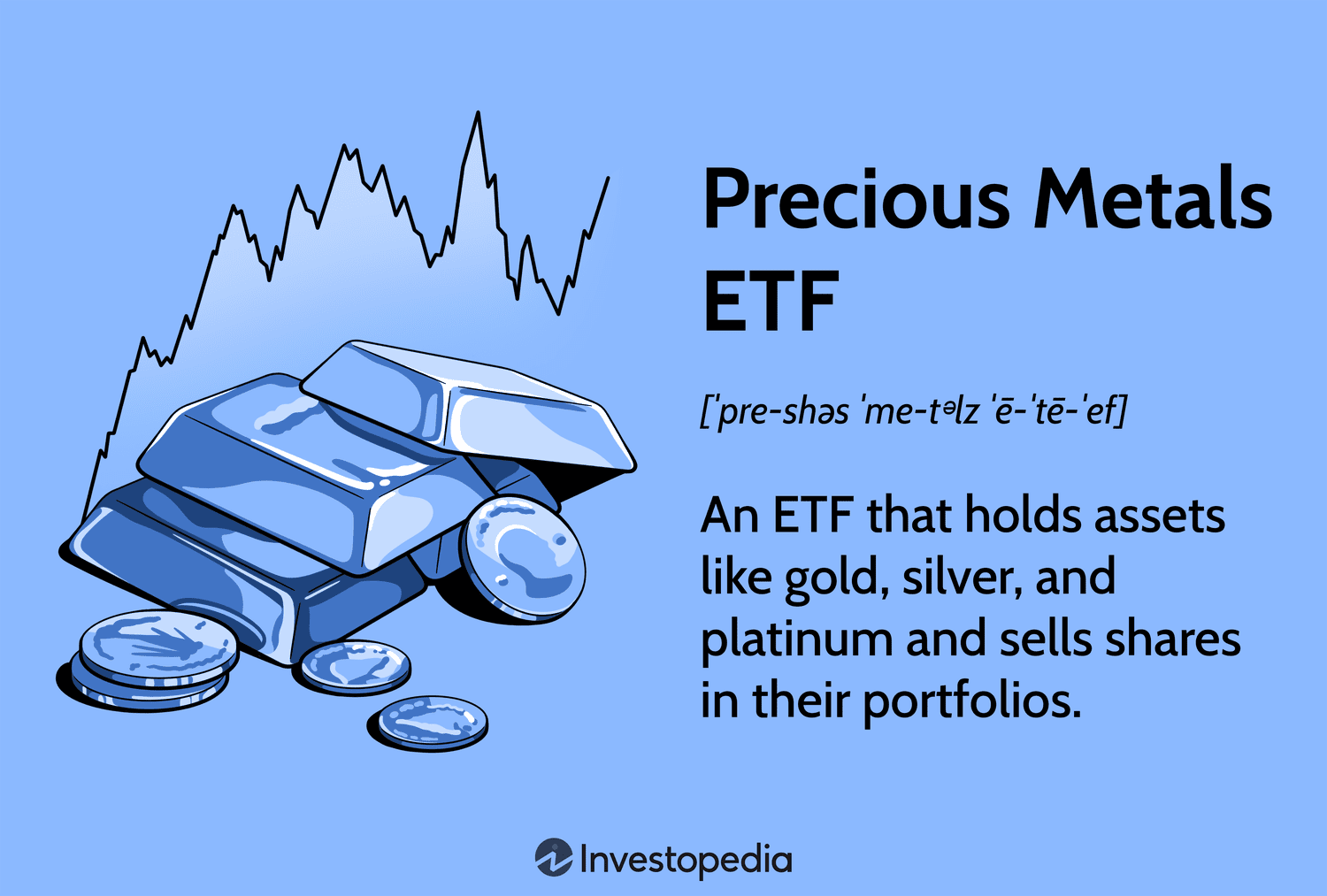
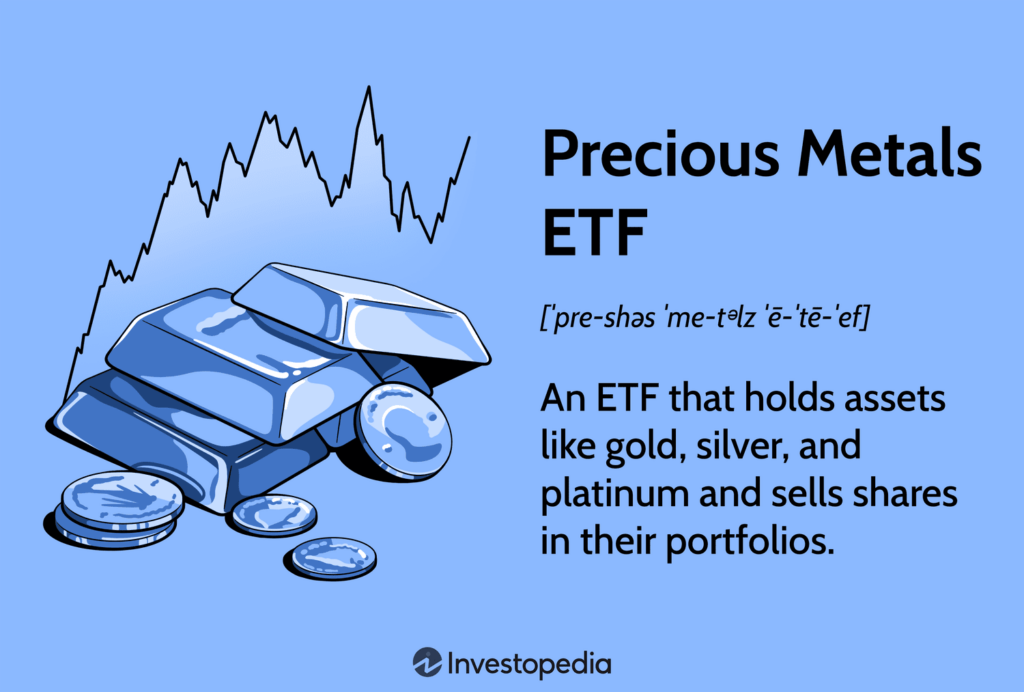
Pros & Cons of Precious Metals ETFs
Precious metals ETFs offer several advantages and disadvantages to investors. Understanding the pros and cons can help investors make informed decisions about including these ETFs in their investment portfolios.
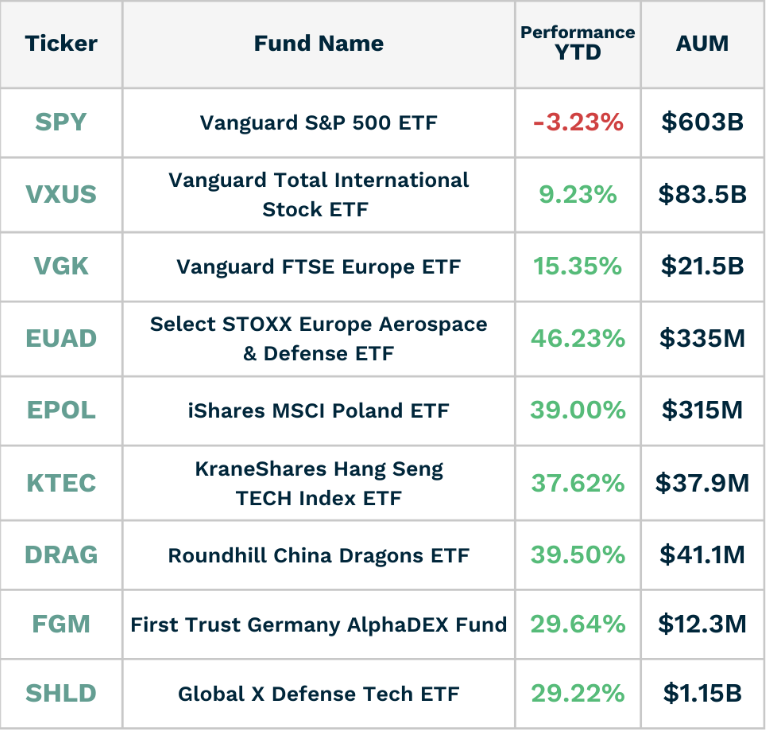
Here are the key pros and cons of precious metals ETFs:
Pros
- Diversification: Precious metals ETFs provide investors with exposure to a diversified basket of precious metals, such as gold, silver, platinum and palladium. Precious metals and other commodities can act as a hedge against inflation and economic uncertainty.
- Liquidity: Precious metals ETFs are traded on stock exchanges, making them highly liquid. Investors can easily buy or sell shares during market hours at prevailing market prices.
- Cost-effective: Precious metals ETFs typically have lower expense ratios compared to actively managed mutual funds. This cost-effectiveness can improve overall returns for investors.
- Accessibility: Investing in precious metals ETFs is accessible to a wide range of investors, including individual investors, institutional investors and retail investors.
- No storage hassles: Investors in precious metals ETFs do not need to worry about storing and securing physical metals. The ETF provider takes care of the storage and handling of the precious metals.
- Flexibility: Investors can buy and sell precious metals ETFs in real time during trading hours, providing flexibility in managing their investment positions.
Cons
- Market volatility: Precious metals ETFs can be subject to market volatility, influenced by factors such as changes in precious metals prices, geopolitical events and global economic conditions.
- Tracking errors: Some ETFs may not precisely track the performance of their underlying precious metals due to factors like tracking errors, management fees and trading costs.
- Counterparty risk: ETFs that use synthetic replication may be exposed to counterparty risk, as they rely on derivatives and swap agreements with financial institutions. If the counterparty defaults, it can impact the ETF’s performance.
- Dividend income: Precious metals ETFs, particularly physical replication ones, do not provide regular dividend income. They are more focused on capital appreciation or providing a hedge against market risks.
- Storage costs: ETFs that hold physical metals may have storage costs, impacting the overall expenses of the fund.
- Market sentiment: The performance of precious metals ETFs can be influenced by market sentiment and speculative trading, impacting short-term price movements.
Precious metals ETFs offer investors a means of exposure to the price of a particular precious metal, such as gold or silver, or a range of precious metals that may also include platinum, palladium and copper. These ETFs can help to diversify a portfolio but are not typically used as stand-alone investments or as core holdings.
As with any investment, it’s essential for investors to carefully consider their investment objectives, risk tolerance and time horizon before investing in precious metals ETFs. Thorough research and understanding of the fund’s characteristics and tracking method are crucial for making informed investment decisions.



